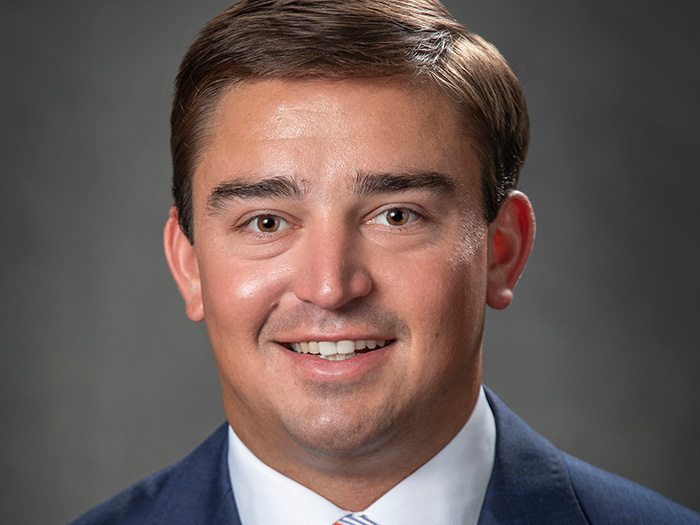Commercial Lines Underwriting Profits Overshadowed by Poor Personal Lines Results

The beginning of 2023 presented significant challenges for the US property/casualty insurance industry: Insurers had to navigate a risk of recession, increasing awareness of climate change impacts, and a dramatic shift in the reinsurance market, according to according to AM Best’s 2023 P&C Snapshot report.
U.S. P&C insurers posted a second-straight year of net underwriting losses in excess of $20 billion, according to the rating agency’s analysis of carrier’s statutory financial statements for 2023.
According to the report, the $21.6 billion net underwriting loss in 2023 followed a $25.8 billion underwriting loss in the previous year, predominantly driven by a $32.8 billion underwriting loss in the personal lines segment.
While commercial lines insurers managed to achieve a $10.3 billion underwriting profit, fueled in large part by workers’ compensation results, the personal lines sector, particularly auto and homeowners, suffered substantial losses due to inflationary pressures, adverse loss trends, and catastrophe activity, the report noted.
Deteriorating Personal Lines Results
Personal auto and homeowners lines posted a combined $32.8 billion net underwriting loss in 2023, an improvement from $40 billion in 2022 but still a key driver of depressed industry performance. The personal auto net combined ratio stood at 106.7 in 2023.
The homeowners line was particularly hard hit by severe weather losses. Insured losses from severe convective storms were the biggest factor in homeowners losses in 2023. The segment posted a $15.9 billion net underwriting loss in 2023, deteriorating from a $6.8 billion loss in 2022.
“With only one hurricane to make landfall in the United States in 2023, most catastrophe losses were from secondary perils,” said David Blades, associate director, Industry Research and Analytics for AM Best. “Personal lines insurers have been aggressively pursuing rate and pricing increases for a few renewal cycles now to reflect calculated rate needs more accurately, and to spark a reversal of recent underwriting losses. However, regulatory constraints, inflationary pressures and more frequent and severe weather-related events continue to dampen results.”
Net incurred losses rose 22.4% in 2023, reaching a new five-year high. Despite homeowners insurance premiums increasing 13.5% to $155.4 billion in 2023, the line’s combined ratio worsened to 110.9 from 104.7 in 2022.
Personal auto insurers also faced challenges from rising severity and rate adequacy issues. The line turned in a $16.9 billion underwriting loss, about half the size of 2022’s $33.2 billion loss. Personal auto direct premiums written increased 14.4% to $318.1 billion, and the net combined ratio improved to 104.9 in 2023 from 112.2 the year before.
However, increased auto loss severity in 2023, driven by higher repair, used car, fatality and medical costs, continued to pressure results. Many insurers are aggressively seeking rate increases but facing regulatory constraints in some states to getting needed rate approvals.
Commercial Lines Remain Profitable But Face Headwinds
The commercial lines segment of the US property and casualty insurance industry achieved a net underwriting profit of over $10.3 billion in 2023, benefiting from rate increases and effective risk selection. The segment’s combined ratio stood at 96.1, indicating overall profitability.
The workers’ compensation line remained a standout performer, with an underwriting gain of $5.5 billion, down slightly from $5.6 billion the year before. Workers’ comp insurers turned in an impressive 88.7 combined ratio, well below the overall P&C combined ratio of 101.5.
Strong growth and favorable reserve development contributed to the line’s profitability.
“The net combined ratio of the segment remains well below the industry’s, and it is still the leading line of business, offsetting the unfavorable results for lines such as commercial automobile and general or other liability (occurrence),” the report stated.
However, other commercial lines saw mixed results.
Commercial auto remained unprofitable, with underwriting losses of $5.5 billion and a combined ratio of 109.2. Commercial property results improved but remained volatile, as the underwriting loss narrowed to $1.5 billion in 2023 from $2.2 billion in 2022 and $5 billion in 2021.
“Despite the improvement in underwriting results in 2023, commercial property underwriting losses have amounted to almost $16 billion for the last five years, driven by the growing frequency of catastrophe-related claims,” AM Best noted.
General liability insurance also faced challenges, with adverse loss trends emerging. A double-digit increase in incurred losses and a nearly 25% increase in loss adjustment expenses outpaced 5.8% premium growth, resulting in higher underwriting losses of $.5 billion in 2023, more than double 2022’s $2 billion underwriting loss.
“The emergence of new types of liability is a challenge for commercial casualty insurers, particularly in light of evolving legal and societal attitudes toward dietary supplements and nutraceuticals; for example, the advent of new chemical and materials technologies, genetic engineering research, and other trends,” said Christopher Graham, senior industry analyst, Industry Research and Analytics for AM Best.
The other liability (claims made) line — which includes professional liability lines, D&O, E&O, cyber, and any other insurance written on a claims-made basis — was profitable, posting an 89.1 combined ratio and underwriting income of $4.0 billion in 2023.
To access the full report, visit Am Best’s website. &










